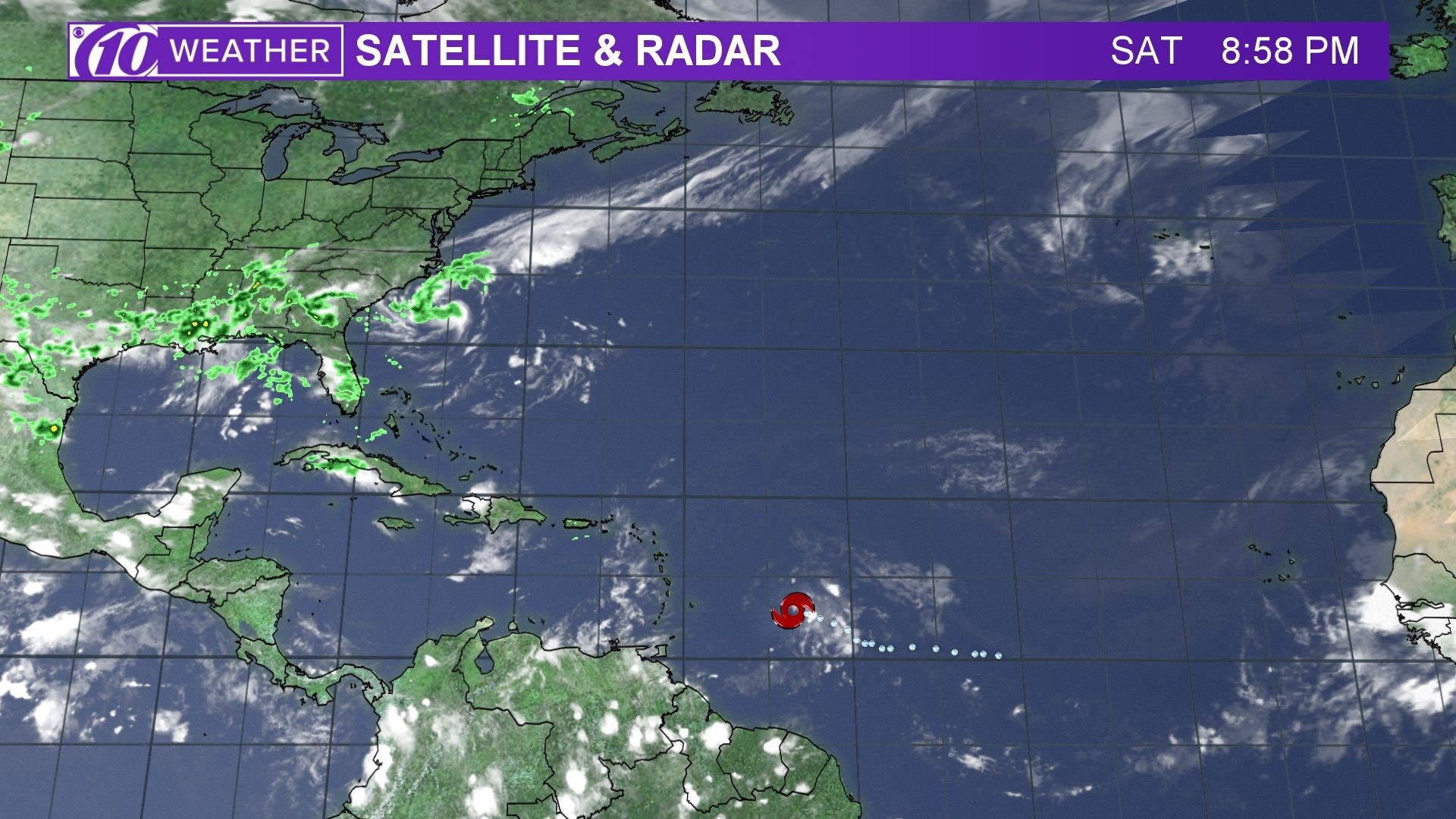Overview of Tropical Storm Beryl

Tropical storm beryl spaghetti models –
Tropical Storm Beryl formed in the Atlantic Ocean on July 5, 2023. The storm is expected to strengthen as it moves towards the Caribbean Sea. Beryl is expected to bring heavy rainfall, strong winds, and possible flooding to the region.
The storm is currently located about 1,000 miles east of the Lesser Antilles. It is moving west-northwest at 15 mph. Beryl is expected to reach the Caribbean Sea by late Tuesday.
Tropical storm Beryl’s spaghetti models show a wide range of possible paths, making it difficult to predict its exact track. Spaghetti models are computer simulations that show the potential paths of a storm, and they can be useful for understanding the general direction and speed of a storm.
However, it’s important to remember that spaghetti models are just one tool for forecasting, and they should not be relied upon as the only source of information.
Potential Impacts
Beryl is expected to bring heavy rainfall to the Caribbean Sea region. The rainfall could cause flooding and mudslides. The storm is also expected to bring strong winds, which could damage buildings and infrastructure. Power outages are also possible.
Residents in the Caribbean Sea region should monitor the storm’s progress and be prepared to take action if necessary.
Tropical Storm Beryl is expected to make landfall in Florida later this week. The National Hurricane Center is monitoring the storm’s progress and has issued a tropical storm warning for the Florida coast. Spaghetti models, which are computer simulations of the storm’s path, show that Beryl could make landfall anywhere from the Panhandle to South Florida.
The National Hurricane Center is urging residents in the affected areas to prepare for the storm and to stay informed about its progress. Click here for the latest information on Tropical Storm Beryl from the National Hurricane Center.
Spaghetti Models for Tropical Storm Beryl

Spaghetti models are a collection of computer simulations that predict the path of a tropical storm. Each model uses a slightly different set of initial conditions and assumptions, which can lead to a wide range of possible outcomes.
The spaghetti models for Tropical Storm Beryl show a wide range of possible outcomes, with the storm potentially making landfall anywhere from Florida to Texas. The models are in general agreement that the storm will turn to the north or northeast in the next few days, but there is still considerable uncertainty about its exact track.
Areas of Uncertainty
One area of uncertainty is the timing of the storm’s turn to the north or northeast. Some models show the turn happening sooner than others, which could affect the storm’s ultimate landfall location.
Another area of uncertainty is the intensity of the storm. Some models predict that Beryl will strengthen into a hurricane, while others predict that it will remain a tropical storm. The intensity of the storm will also affect its potential impact on land.
Impacts of Tropical Storm Beryl: Tropical Storm Beryl Spaghetti Models
Tropical Storm Beryl is expected to bring heavy rainfall, strong winds, and potential flooding to certain regions. It is crucial to assess the vulnerabilities of these areas and take appropriate mitigation measures to minimize the impacts of the storm.
Vulnerable Regions
Coastal communities and low-lying areas are particularly vulnerable to the impacts of Tropical Storm Beryl. These areas are prone to flooding and storm surge, which can cause significant damage to infrastructure, homes, and businesses.
- Coastal erosion: Strong winds and waves can erode beaches and damage coastal infrastructure, such as seawalls and dunes.
- Flooding: Heavy rainfall can lead to flash flooding and riverine flooding, which can inundate roads, homes, and businesses.
- Wind damage: Strong winds can damage trees, power lines, and buildings, causing power outages and other disruptions.
Mitigation Measures, Tropical storm beryl spaghetti models
There are several mitigation measures that can be taken to reduce the impacts of Tropical Storm Beryl.
- Evacuations: Residents in vulnerable areas may be advised to evacuate to higher ground to avoid flooding and storm surge.
- Sandbagging: Sandbags can be used to create barriers around homes and businesses to prevent flooding.
- Tree trimming: Trimming trees can help to reduce the risk of wind damage.
- Securing loose objects: Loose objects, such as patio furniture and grills, should be secured to prevent them from becoming projectiles in high winds.
Recommendations
In addition to mitigation measures, it is important to prepare for and respond to Tropical Storm Beryl. Residents should have an emergency plan in place and be prepared to evacuate if necessary. They should also have a supply of food, water, and other essential items on hand.
- Stay informed: Monitor weather forecasts and updates from local authorities to stay informed about the storm’s track and intensity.
- Prepare an emergency kit: Include items such as food, water, a first-aid kit, and important documents.
- Identify evacuation routes: Know where to go and how to get there if you are advised to evacuate.
- Follow instructions from local authorities: Local authorities will provide instructions on how to prepare for and respond to the storm. It is important to follow these instructions carefully.